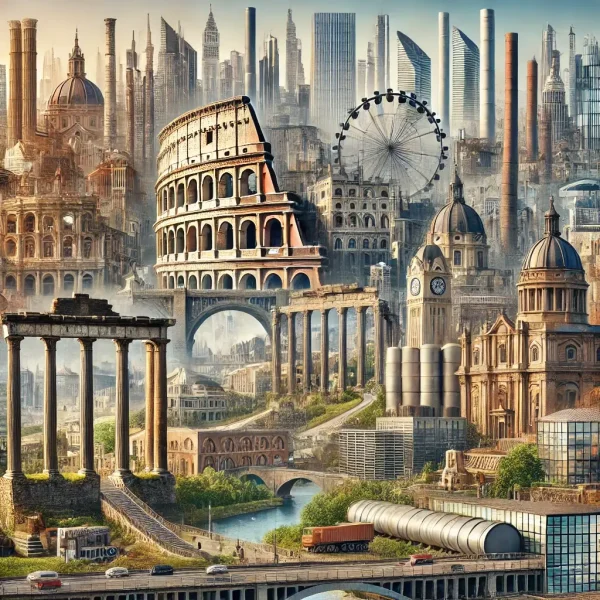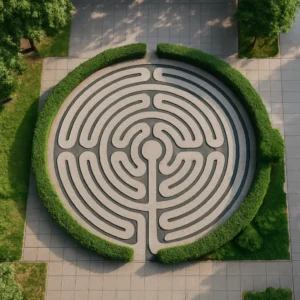Architecture is more than the art of building structures; it is a living reflection of a city’s past, culture, values, and aspirations. As cities evolve, their buildings tell the stories of change — from power and politics to industry and innovation. In urban history, architecture plays a vital role not only as a physical form but as a timeline etched into the city’s landscape.
From ancient ruins to modern skyscrapers, every style of architecture reveals a layer of urban identity. Roman arches and aqueducts, for example, symbolize the engineering prowess and civic focus of Roman cities. They were designed to endure and serve the public, often reflecting the ideals of empire and order.
Medieval cities, by contrast, were often built with defense in mind. Narrow alleys, stone fortresses, and walled towns were responses to the threats of the time. Churches and cathedrals dominated the skyline, not just for religious reasons, but also as symbols of power and central authority. Gothic architecture, with its soaring spires and stained glass, was as much about impressing the eye as it was about lifting the spirit.
During the Renaissance, cities began to express harmony, balance, and humanism through architecture. Town squares were designed as open, social spaces, surrounded by buildings that prioritized proportion and beauty. This period marked a shift toward cities as cultural centers, where architecture encouraged civic pride and intellectual growth.
The Industrial Revolution brought an entirely new chapter in urban architecture. Factories, rail stations, and warehouses redefined cityscapes. Function began to influence form, and buildings grew taller and denser to accommodate rapid urbanization. The rise of steel and glass enabled new structural possibilities, and with it, the birth of modernism.
In the 20th century, urban architecture became a language of innovation and ideology. Skyscrapers rose to the sky, embodying ambition and economic strength. Brutalist buildings appeared in post-war cities, reflecting a desire for honest materials and utilitarian function. Suburban sprawl introduced new housing patterns, and city centers were often reshaped by modernist planning — sometimes at the expense of historical preservation.
But urban history also teaches us that architecture is not static. Many cities are built on top of older cities, their layers hidden beneath foundations. In places like Istanbul, Rome, and Mexico City, entire civilizations lie beneath the streets, reminding us how deeply the past shapes the present.
Today, cities face new challenges — climate change, overpopulation, inequality — and architecture continues to play a key role. Sustainable building materials, green rooftops, smart cities, and adaptive reuse of old structures are reshaping urban spaces. Architects now consider not just how buildings look, but how they impact people, communities, and the planet.
Architecture also preserves memory. Historic districts, monuments, and repurposed buildings keep cultural heritage alive. When done thoughtfully, blending old and new can create a rich urban fabric that honors both past and future.
In urban exploration, architecture is often the most powerful storyteller. A single building can reveal decades — even centuries — of transformation. Cracks in a wall, changes in paint, or hidden basements can uncover forgotten functions and untold stories.
Whether walking through a Roman forum, an Art Deco hotel, or a futuristic tower, one thing remains clear: architecture is the soul of a city’s story. It stands where history happened. And in its forms, we find the values, struggles, and dreams that built the world around us.







